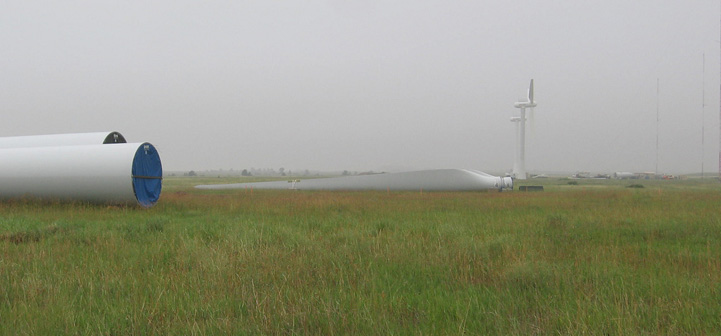The end result of combustion is useful energy – typically in the form of heat, power, or both heat and power. This can be used to provide space heating for buildings, process heating for industrial needs, electricity for on-site use or sale to the grid, or the simultaneous generation of heat and electricity (so called “combined heat and power,” or CHP). Most commonly, the combustion heat is captured in the form of hot water, hot air or steam.
Most farms …


